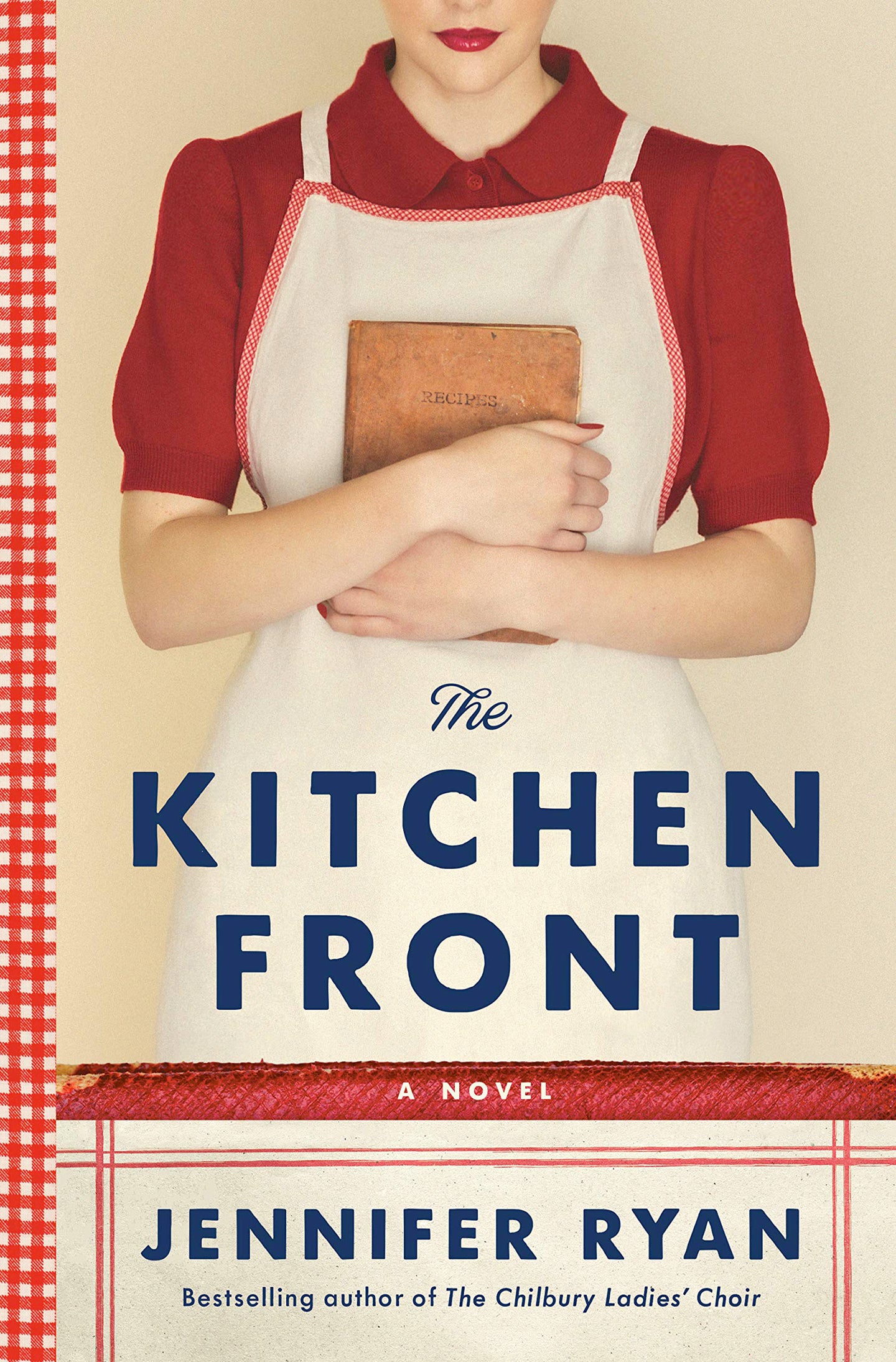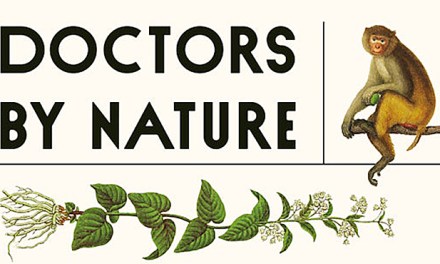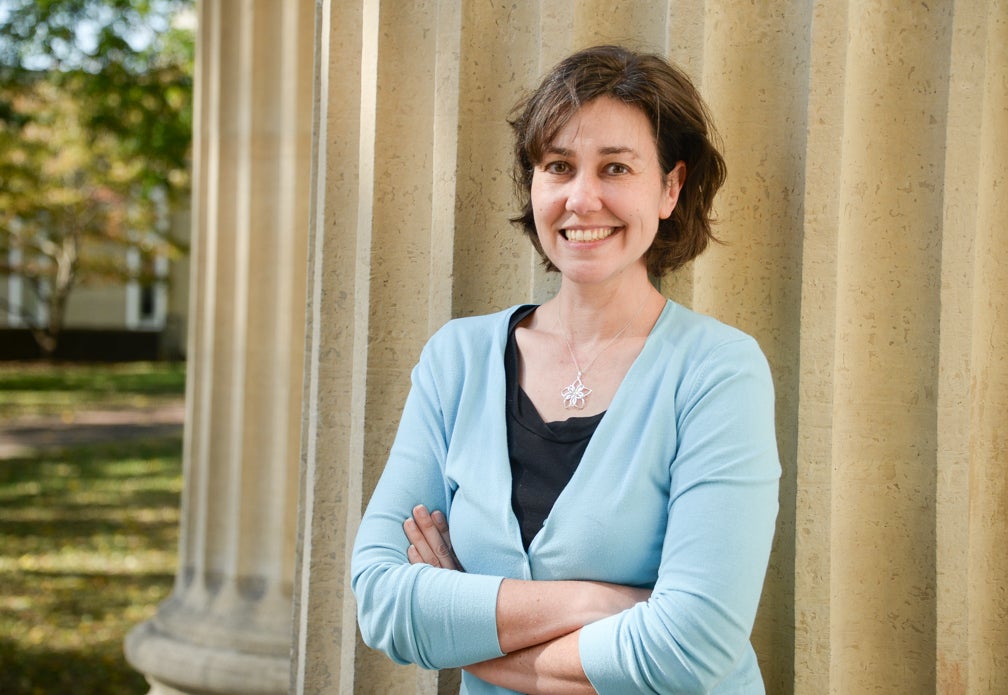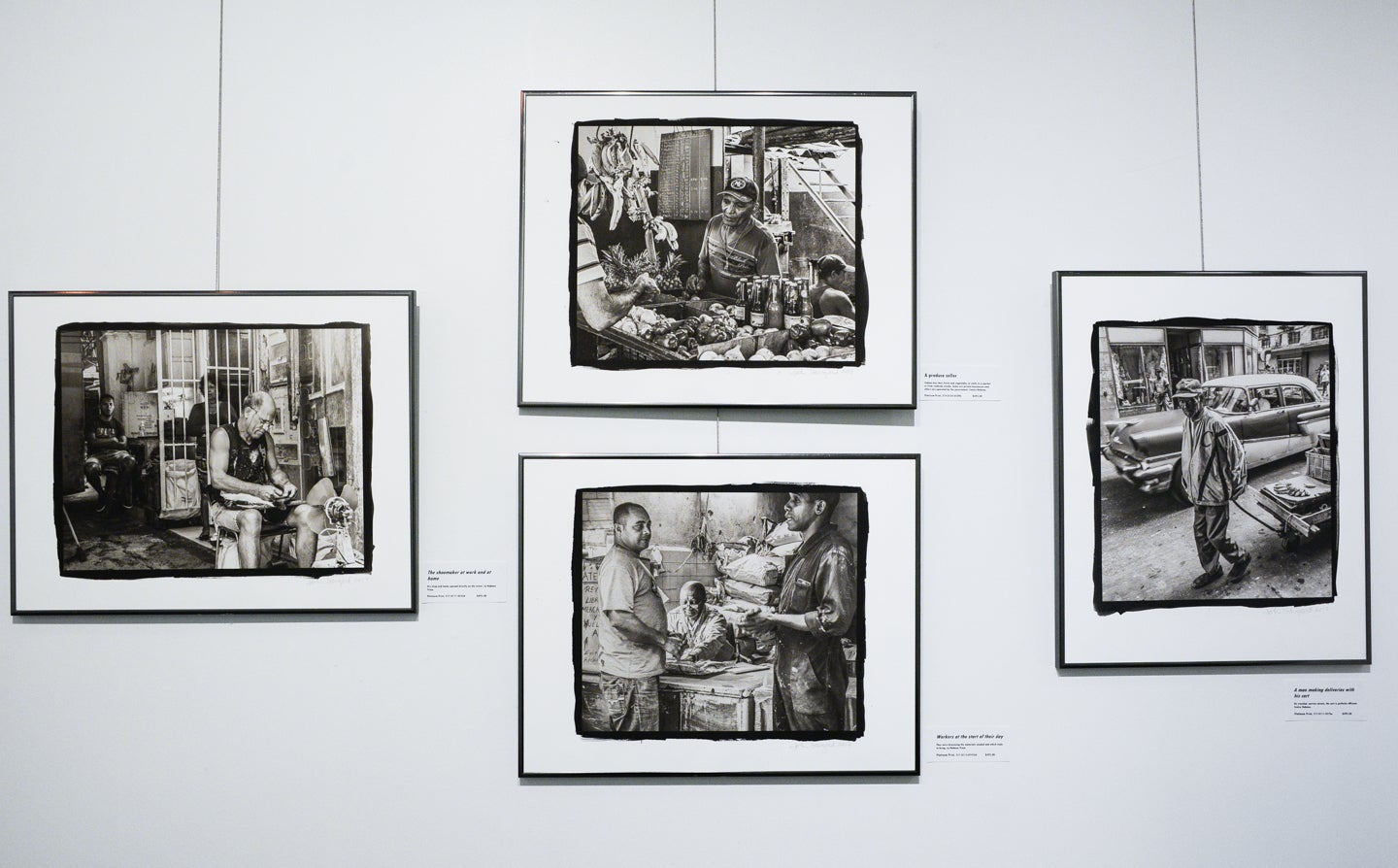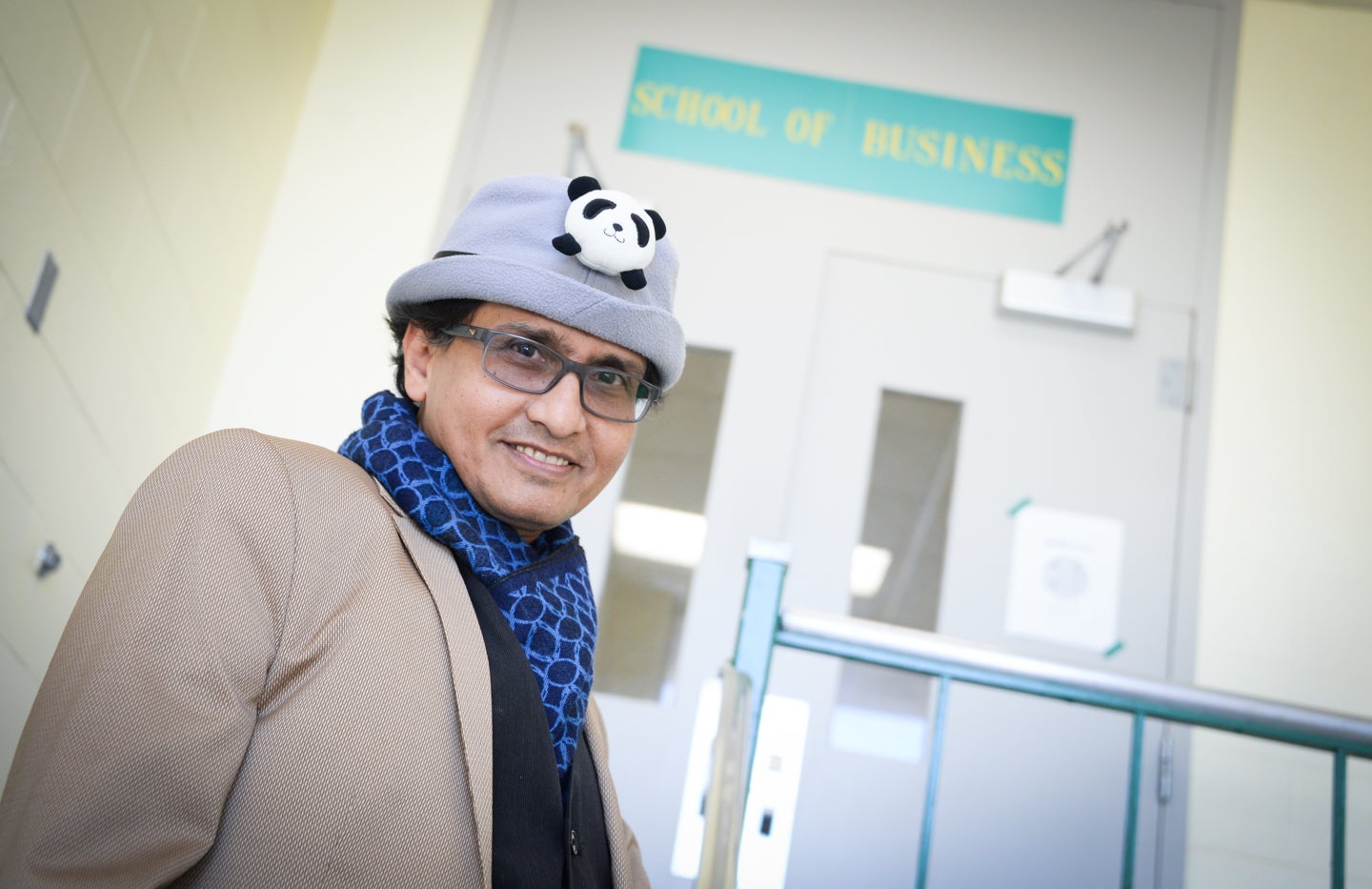“The Kitchen Front” by Jennifer Ryan
Recently, there have been numerous books involving spies, and thrillers set in World War Two but Jennifer Ryan takes a different look at what was happening on Britain’s home front. Today, we are all familiar with the cooking show “Chopped.” But imagine a cooking competition during war-time and the U-Boats have drastically reduced food supply shipments.
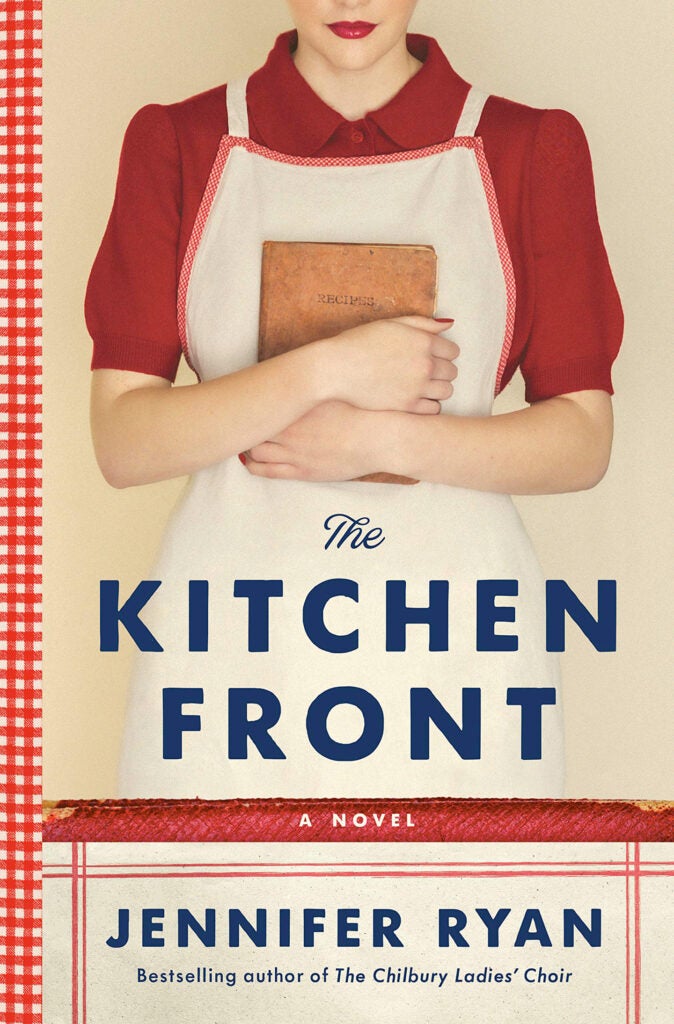
Ration books are required for most shop purchases. An adult’s wartime rations for one week were minimal including 2 ounces of cheese, one fresh egg, and 2 ounces of tea. Canned foods could be bought using your extra monthly points.
To raise the morale and give the newspapers something else to write about besides the war, the BBC initiated a radio program, “The Kitchen Front.” Its purpose was to share wartime recipes and cooking tips with housewives and cooks. The BBC decided a woman’s voice was needed to connect with their listeners.
So, they sponsored a wartime full course cooking contest with the grand prize being the opportunity to be the first female co-host of the program. Of course, the ingredients used in the contest must be the available rations, garden grown staples or locally foraged foods.
Four women imagine they could win the contest and change their lives. For the young war widow, Audrey, this is the opportunity to save the farm after her husband’s plane was shot down. Audrey has been using her family’s rations to bake and sell her pies, but now the bank is calling in her loan.
Audrey’s sister, has married well and is now Lady Gwendoline Strickland. She knows her sister is a better baker, but believes she can prove her wartime spirit and win the contest because her status allows her access to better quality foods.
Zelda, who worked as a deputy chef at a hotel in London before it was bombed, now has been conscripted to work in a factory kitchen. She hopes that winning the contest can allow her to be employed as a Chief Chef after the war.
The fourth contestant is Nell who works for Lady Gwendoline as a helper in the manor house kitchen. She’s terribly shy, but also extremely resourceful and familiar with the natural resources of the area.
The close connections of these women lead to a wide variety of shady sabotage attempts between them, and strategies to locate wild game as well as mushrooms and herbs. These women scrutinized the ingredients in their traditional dishes and attempted to substitute ration items. However, powdered eggs did not create the same taste as a fresh egg.
Ryan paints a credible picture of the frustrations of war time survival. But the recipes, also included in the novel are creative and appealing. And the talent and skills of all the women lead to a unique, satisfying conclusion.
— Review by Lizz Taylor, Poor Richard’s Books
“The Oak Papers” by James Canton
James Canton has shared a lesson that we all need in these uncertain times. He has explored the permanence of trees in our transitory world. His interest is in one particular 800 year-old Honywood Oak tree in Northern Essex, a “mere sapling when the Magna Carter was signed.”
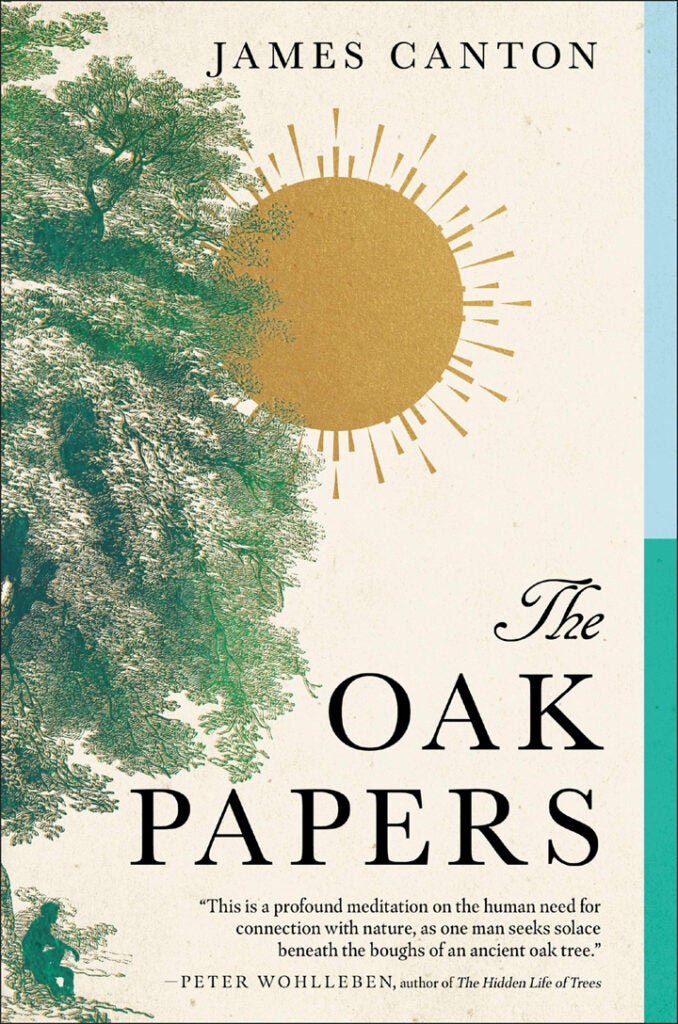
Canton is drawn to this tree after some personal misfortune, which is never revealed. He discovers that when he enters beneath the umbra or dripline of the tree, he can quiet his mind. He pays attention to the rhythm of the day, and the animals that are part of the Honywood’s world. He visits the tree at different times of the day and in varying seasons to connect and learn more. He researches tree development and the environment they need to survive.
Canton also digs into the history, the mythology, as well as the science of the oaks. He is encouraged and explores further with other writers such as Dante, T.S. Eliot, Pliny, Woolf and others. He also recounts visits with artists and craftsmen who work with wood. He investigates what spiritual thinkers have written about trees, as well as a psychologist who specialized in nature therapies.
I read and re-read Canton’s exquisite beautiful entry for May in his journal: “The birds that I could watch as they hopped from branch to branch, now sing unseen, hidden beneath the canopy of leaf that in the bare bones of winter felt as though it might never grow again.”
Whether sitting while leaning into the tree or climbing into the upper canopy to change his perspective, Canton uses his time with the tree to reflect on his life.
Many of us took long hikes during the past year, but how many stopped to pause on the other participants in our world. When you stop and engage with nature, your brain can listen to the stimuli around you. And you are no longer alone.
— Review by Lizz Taylor, Poor Richard’s Books
“How to be an Antiracist” by Ibram X. Kendi
This book has a multitude of depths and layers, but at its heart it will challenge the reader to examine their own racist tendencies, be they conscious or unconscious. It will also challenge and encourage the reader to grow into an antiracist human, who is striving for an antiracist society.
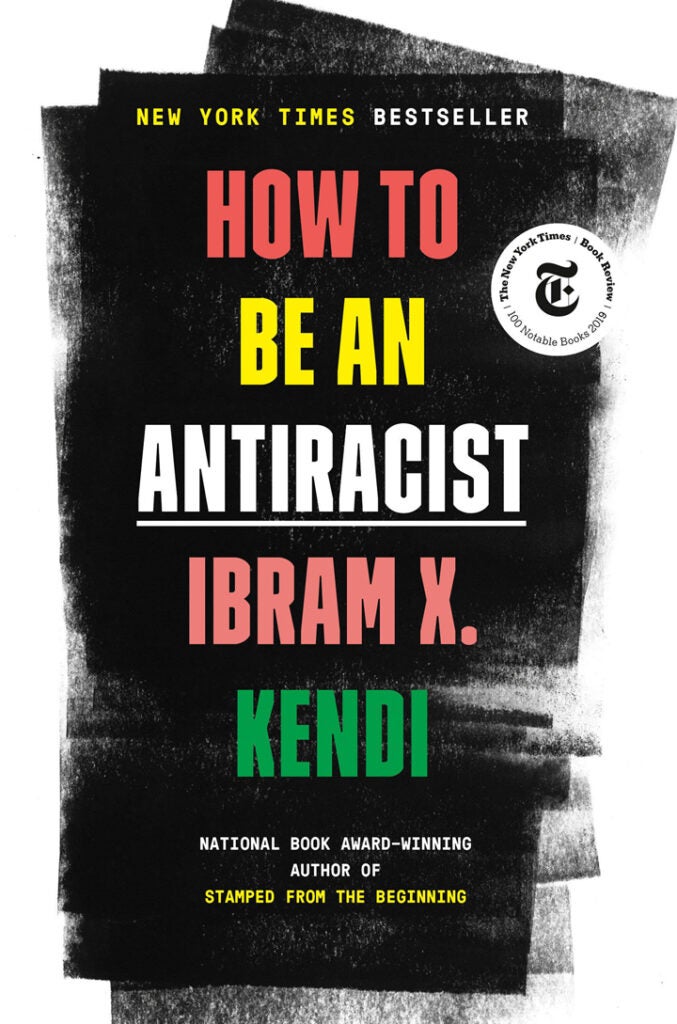
The book is part memoir, part history book. The book looks at events of the Civil Rights Movement, as well as Kendi’s own life to help the reader examine and understand their reactions to those events. The premise of history has always been that a person is either racist or not racist. Kendi challenges this concept.
The major premise of the book is that a person can be racist or antiracist at any given time and individuals should always be striving to be antiracist. Kendi also wrote “Antiracist Baby” for children along the same topic.
— Reviewed by Amy Mitchell, Paul Sawyier Public Library
“The Hate U Give” by Angie Thomas
In Angie Thomas’s novel we learn the story of Starr Carter, a 16-year-old African American girl who lives in the poor and dangerous suburbs of Garden Heights, and attends a suburban prep school where she is the only black student. One fateful night, after leaving a party that got out of control, she and her friend Khalil, were randomly stopped by the police.
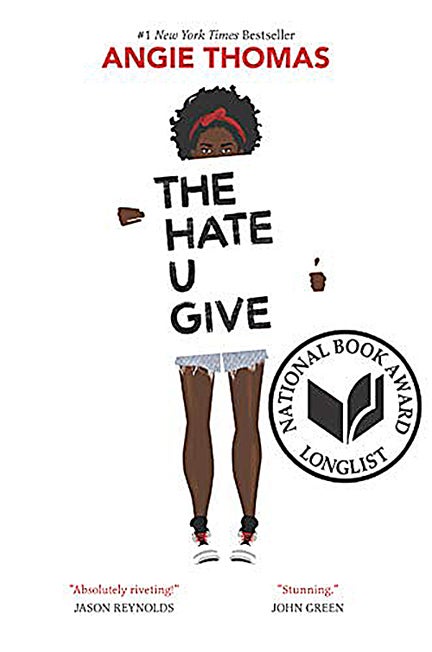
Khalil was fatally shot by the police officer. His death became a national headline and changed young Starr’s life forever, and, ultimately, the life of everyone in her neighborhood. Everyone wants to know what really happened that night and Starr is the only one who can answer that. What Starr says or doesn’t say will change her life forever.
Thomas, inspired by the Black Lives Matter movement, confronts issues of race, death, police brutality, social protest, addiction and social class with complete honesty in this beautiful story about a teenage girl with very real, complex relationships. This novel is intended for a young adult audience, but will also appeal to adults. Highly recommended.
— Staff Review, Paul Sawyier Public Library

